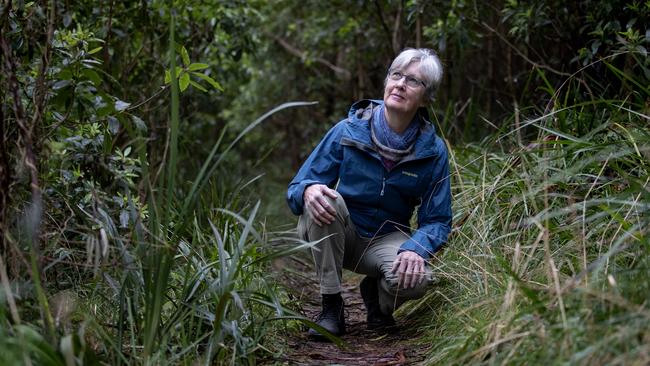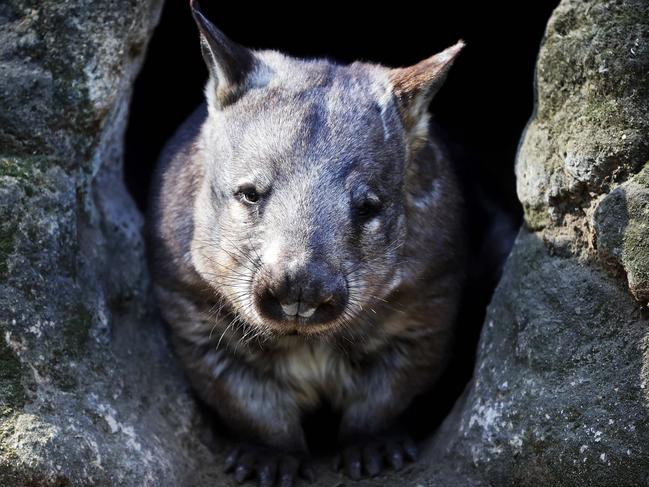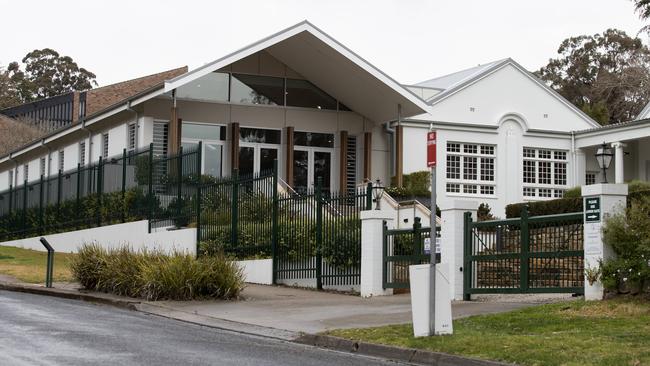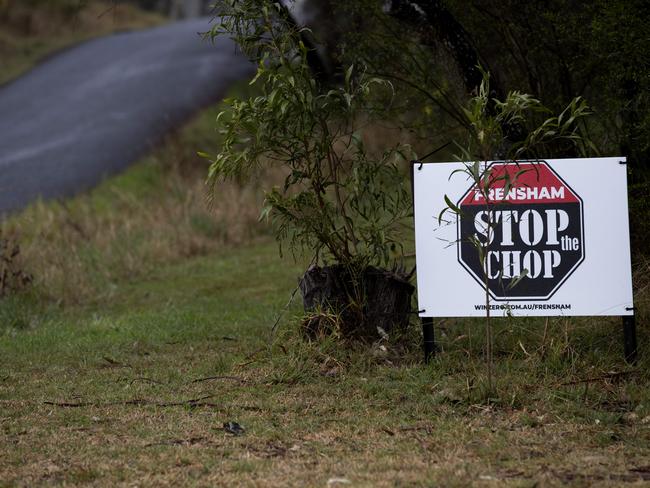NSW private school Frensham at war over bush plan
A prestigious girls school is caught up in divisive row over a bush campus plan that critics say will destroy ancient wombat burrows.

One of the country’s most prestigious girls schools, Frensham, is at war with its influential alumni over multi-million-dollar plans to build a bush campus modelled partly on Geelong Grammar’s famous Timbertop property.
The NSW Southern Highlands institution – which counts Lucy Turnbull, Cathy Whitlam and Kim Wran among its former students – has accentuated the environmental credentials of its $7.6m project. Critics, however, claim the development will destroy 10 ancient wombat burrows.
Known as the Holt Bush Accommodation, the project would be used to house 72 students during their time in year 9, similar to the Geelong Grammar campus near Mansfield, Victoria, and The Scots College’s Glengarry property in NSW’s Kangaroo Valley.
But the plans have led to a backlash from Frensham alumni, led by Jane Stanham, from the area’s prominent Macarthur family of pastoralists.

In a letter to Frensham principal Sarah MacGarry, Ms Stanham – whose daughter, mother and grandmother also attended the school – writes the project is “a cheap copy of the Glengarry/Timbertop approach”.
“To call the buildings eco huts when they will quite literally ruin the ecosystem of the (area) is just wrong,” she writes in the letter, obtained by The Australian.
“There will be Frensham girls standing in front of the bulldozer not because they don’t support the school, but because they do.”
In a separate letter to Ms MacGarry, Ms Stanham alleges the project has been “if not of dishonesty, certainly one of stealth”.
“How did that work for Rio Tinto,” she writes, a reference to the significant controversy over the mining giant’s destruction of the Pilbara rock shelters known as the Juukan Gorge last year.
Ms Stanham is not the only former student to raise concerns about Holt Bush, which will have six student cabins, two staff cabins, a hall, kitchen and laundry facilities, an amphitheatre and a central fire pit.

Dozens of alumni have signed a petition urging the school to reconsider the plans. Many point out that while Timbertop and Glengarry are far away from the main campuses of their respective schools, Holt Bush will be just metres away from Frensham’s Mittagong classrooms.
But the school has hit back at its critics, with Ms MacGarry describing the development in a letter sent to parents last month as an “extremely exciting proposal”.
“The building footprint which is being proposed is 0.8 hectares out of the 18 hectares referred to as the Lower Holt area,” she wrote. “The proposal does not involve the ‘annihilation’, ’destruction’ or “removal’ of the (bush in the area of the development)”.
The letter also mentioned ongoing legal action with the local government area, Wingecarribee Shire Council, over the development.
Ms MacGarry told The Australian the proposal was simply “an extension of our long-held intensive environmental education program for our students” and the school would listen “very carefully to the full spectrum of this feedback.”
South of Sydney, the local area has long been a mix of moneyed landholders and a second home for wealthy city families.
Delayed until December due to the Covid-19 pandemic, the Wingecarribee council elections will include a ticket backed by Sydney socialite Skye Leckie, artist Tim Storrier and his wife Janet, Atlassian co-founder Mike Cannon-Brookes, and celebrity hairdresser Joh Bailey.
Frensham, established in 1913, takes in 100 acres of bushland and has focused on the educational benefits of being near nature.

According to the school’s development application, the Holt Bush development will have “no unreasonable environmental, social, or economic impacts”. The application makes no mention of wombats, but does acknowledge the site may be a koala habitat.
A local environmental group, however, says the project will be a “cruel and heartless persecution toward … wombats”.
Sarah Cains, a local horticulturalist who graduated from Frensham in 1964, said the development would destroy the ecosystem’s “nature corridors”.
“The loss of the trees would be a super tragedy, but you’ve got to think about all the animals that inhabit the area as well,” she said.
“Without the trees there is no habitat, and without the habitat there are no animals.”
Suzy Porter, another former student, said the decision made by the school to destroy the bush “proved it wasn’t the school I remembered it to be.”
“The parents of the school these days are not the lovely country people I went to school with,” Ms Porter said.
“We’re now dealing with business people who are used to getting their own way and shelling out for this, that and the rest of it.”




To join the conversation, please log in. Don't have an account? Register
Join the conversation, you are commenting as Logout